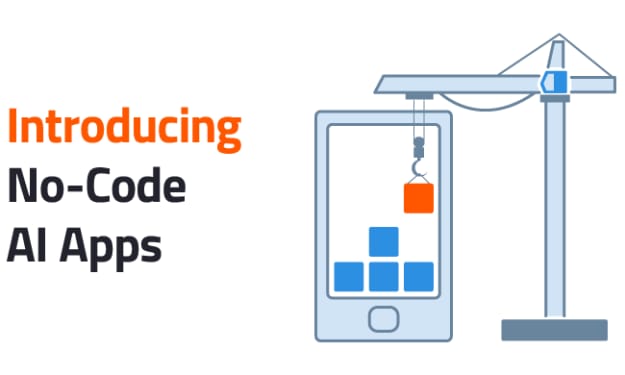Superannuation – How It Works, Types And Tax Benefits
Superannuation is a type of fund that a person receives from their employer as a pension benefit when they retire.

Regular contributions are made to a pension fund by the employer. The term for this is superannuation. This retirement perk is given to employees by their employers. The employer makes a predetermined payment from each employee's base pay and dearness allowance to the approved superannuation fund, which is deductible under Section 80C. Let's delve deeper into the subject.
What Is the Superannuation Scheme?
Simply put, superannuation is a retirement benefit programme that employers offer to their staff. As a retirement plan created by the firm for the benefit of its employees, it is also known as the company pension plan. Companies may apply for Superannuation plans offered by recognised insurance providers. On behalf of its employees, it must make a specific amount of contributions to the group plan each year. When an employee retires, he or she may take a specific amount from this fund as a pension.
Types of Superannuation Schemes
In India, there are primarily two different kinds of superannuation plans.
Defined Benefit Plan
The benefits one receives upon retiring under this sort of superannuation plan are totally based on the retired people rank, age at retirement, length of service, and final income. An agreed-upon sum is given to the employee as a pension at set intervals after retirement. The risk associated with the defined contribution plan is solely borne by the employer, and it is also more complex.
Defined Contribution Plan
Due to its simplicity of management, this plan is preferred by most businesses over defined benefit plans. The employee is entirely responsible for the risks associated with this plan because they are unable to predict their exact retirement income. Additionally, the employee's benefits would rely on his contributions to the retirement plan and market conditions when he retires.
Defining the Category of a Superannuation Benefit
Defined contribution plans have the benefit of being simple to manage. The only issue is that the worker is taking a risk because they are unsure of their retirement income.
The risk associated with such a complicated plan is borne by the employer.
Fixed-benefit arrangements In this sort of superannuation, the benefit is already fixed, regardless of the amount of contributions.
The employee benefit is predetermined and fixed.
Predetermined benefits are dependent on a number of criteria, including the number of years a person has worked for the company, the age at which they started receiving benefits, their income, and others.
defined contribution plans This superannuation benefit is substantially different from the other scheme.
In a defined contribution plan, the contribution made and the benefit received are closely correlated.
Market forces that are active at the time of benefit distribution also have an impact on benefits.
Working of Superannuation
The employer makes a guaranteed contribution to the employees' superannuation funds. This fund is administered by the Company Trust or any authorised insurance company on behalf of the Employer. For a certain group of employees, the employer makes a predetermined percentage contribution to the superannuation fund from the employee's base pay and dearness allowance.
In reality, the employer pays this payment, which is included in the costs of the business (CTC). In contrast, an employee may voluntarily contribute more to the fund under defined contribution plans.
Income Tax Benefits of The Superannuation Scheme
Both the employer and the employees benefit greatly from the superannuation scheme in terms of income taxes. However, in accordance with the Income Tax Act, the organization's superannuation plan must be approved by the Commissioner of Income Tax in order to be qualified to receive these advantages.
Income Tax Benefits for Employers
The contribution of the employer to the superannuation fund is recognised as expense deduction under Section 36 of the Income Tax statute.
Additionally, Section 10 of the Income Tax exempts income received by trustees on behalf of a superannuation fund from income tax.
The maximum deduction allowed under Section 80C for contributions made by employees to superannuation funds is 1,50,000.
Benefits given to the employee in the event of his death or serious injury are also exempt from taxes.
Additionally, the interest sum that an employee receives under the superannuation plan is tax-free.
In addition, the employee's withdrawals from the annuity fund (up to a third) are tax-free after retirement.
The employee's choice will also affect the tax on the remaining money. If the employee takes a withdrawal, the money becomes taxable. The remaining sum becomes tax-free if he decides to transfer it to the annuity fund.
The amount a worker withdraws at the time of a job change is also subject to taxation under the heading "Income from other sources."
Latest Updates on Superannuation Scheme for Income Tax Benefits
An employer's contribution to any provident fund is taxable under the current Income Tax Act regulations. Moreover, if it represents more than 12% of the employee's pay. The employer's contribution to an approved scheme is also recognised as the employee's dividend and is taxable if it exceeds 1,50,000. Additionally, an employee is qualified to claim a tax deduction under the NPS for 14% of the salary paid by the Central Government and 10% of the salary paid by other companies.
The employer's contribution to retirement plans like NPS, EPF, and funds has a new combined upper limit of 7,50,000 in the annual budget for the year 2020. Additionally, any contribution given by the employer over 7,50,000 is taxed under the current system. As a result, the employer gets taxed on any interest, dividends, or other benefits that have accumulated on retirement savings.
Conclusion
When an employee retires, they may get superannuation from their company as part of their pension. The company makes a predetermined contribution to the fund based on factors including the employee's salary, age, and other factors. After retirement, the employee has the choice to take this money out and profit from it.
About the Creator
Enjoyed the story? Support the Creator.
Subscribe for free to receive all their stories in your feed. You could also pledge your support or give them a one-off tip, letting them know you appreciate their work.





Comments
There are no comments for this story
Be the first to respond and start the conversation.